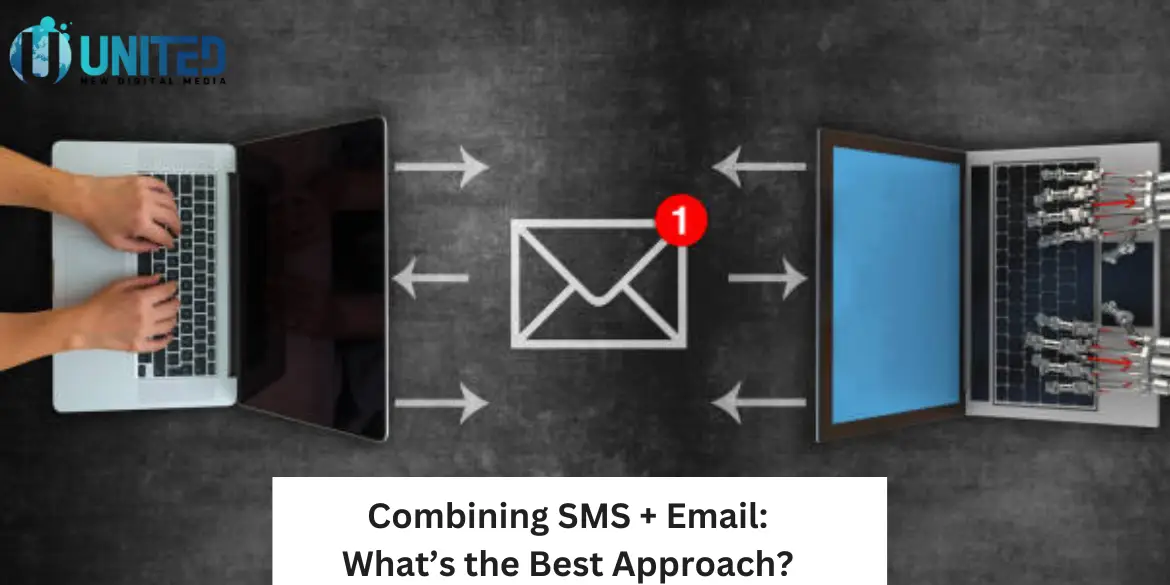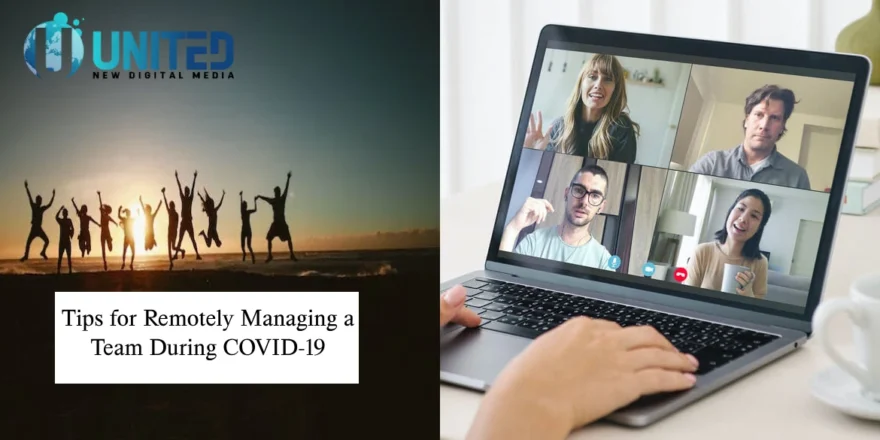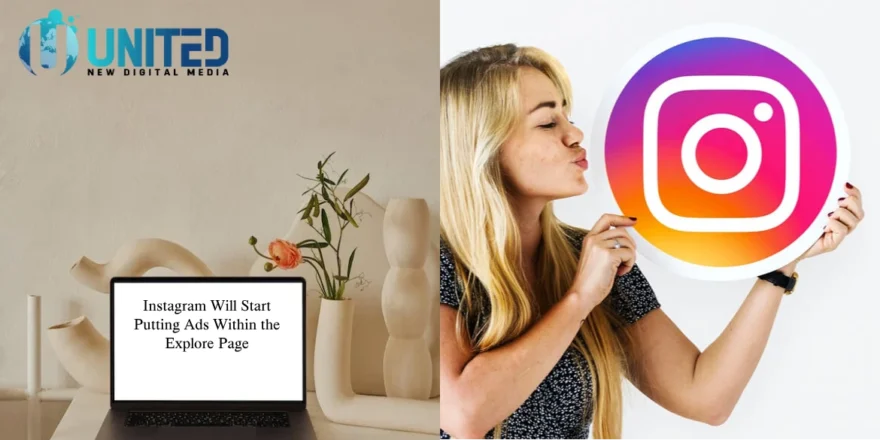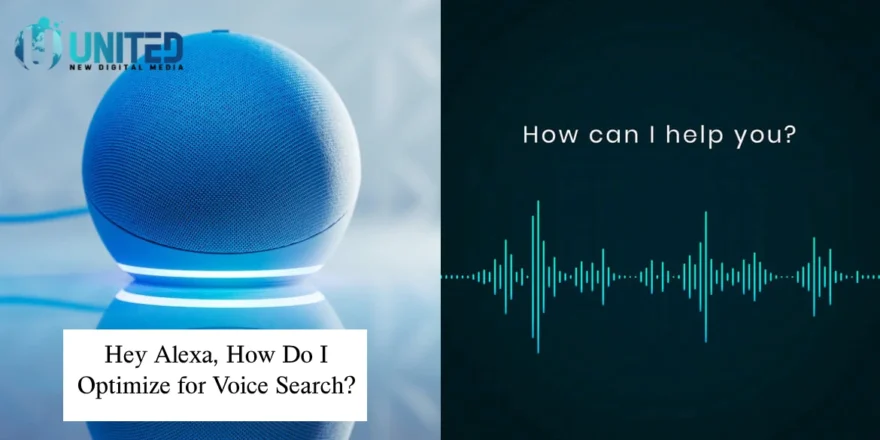In today’s fast-paced world, businesses are constantly seeking new and innovative ways to reach their customers. With the rise of digital communication, two channels have emerged as the most popular and effective that is combining SMS and email. While both have their unique benefits, combining SMS and email can create a powerful communication strategy that maximizes engagement and drives results.
SMS, or Short Message Service, is a text messaging service that allows businesses to send short messages to their customers’ mobile devices. With an open rate of 98%, SMS is one of the most effective ways to reach customers quickly and reliably. SMS messages are also typically read within minutes of being received, making them ideal for time-sensitive information.
Email, on the other hand, is a more traditional form of digital communication that allows businesses to send longer, more detailed messages to their customers’ inboxes. With an average open rate of 20%, email may not be as immediate as SMS, but it provides an opportunity to build a more substantial and lasting relationship with customers.
So, what’s the best approach to combining SMS and email? Here are some tips to help you create a powerful communication strategy:
The Differences Between SMS + Email

More and more companies are utilizing SMS marketing in addition to email marketing. There’s no doubt that SMS marketing is a powerful tool, boasting engagement rates 6-8 times higher than email. It’s important to understand the differences between email SMS to optimize your internet marketing services.
Email → is a great medium for sending longer, richer messages that include images and attachments. Emails provide more opportunities to convert than SMS, as emails can include more links, CTAs, and stories. This allows marketers to focus on educating and nurturing. Email is perfect for sending newsletters, tips, and testimonials. Research shows that 90% of users check their inbox at least once a day. Emails have an average open rate of 20% and an average click-through rate of 2.5%, and email marketing returns $42 for every $1 spent.
SMS → is the perfect communication channel for concise, timely information or discounts. SMS has much higher engagement metrics than email, with a 98% open rate and 29% click-through rate. SMS is great for promotions, but not ideal for content aimed at educating and nurturing. SMS has a 160 character limit, creating a need to keep messages short and concise. SMS marketing is also more expensive than email marketing. Use SMS best practices for limited product offers, reminders, urgent updates, purchase confirmations, and promotions.
Define Your Goals
Before you start combining SMS and email, it’s essential to define your goals. What do you want to achieve with your communication strategy? Are you looking to increase sales, improve customer engagement, or provide customer support? Once you have a clear understanding of your goals, you can tailor your communication strategy to achieve those objectives.
Segment Your Audience
Not all customers are the same, so it’s essential to segment your audience based on their interests, behaviors, and preferences. By segmenting your audience, you can tailor your SMS and email messages to specific groups of customers, increasing engagement and driving results.
Use SMS for Time-Sensitive Information
SMS is ideal for time-sensitive information, such as appointment reminders, flash sales, and order confirmations. By using SMS for time-sensitive information, you can ensure that your customers receive the information quickly and reliably.
Use Email for More Detailed Information
Email is ideal for more detailed information, such as product updates, newsletters, and educational content. By using email for more detailed information, you can provide your customers with valuable information that builds trust and strengthens your relationship.
Personalize Your Messages
Personalization is key to engaging your customers and driving results. By personalizing your SMS and email messages, you can create a more intimate and engaging experience for your customers.
Test and Optimize
Testing and optimization are essential to creating a successful communication strategy. By testing different SMS and email messages, you can identify what works best for your audience and optimize your communication strategy accordingly.
Use a Multichannel Approach
While combining SMS and email is a powerful communication strategy, it’s essential to use a multichannel approach. By using multiple channels, such as social media, push notifications, and in-app messages, you can reach your customers where they are and create a more cohesive and engaging experience.
In conclusion, combining SMS and email is a powerful communication strategy that can help businesses reach their customers quickly and reliably, build trust and strengthen relationships, and drive results. By defining your goals, segmenting your audience, using SMS for time-sensitive information, using email for more detailed information, personalizing your messages, testing and optimizing, and using a multichannel approach, you can create a communication strategy that maximizes engagement and drives results.





